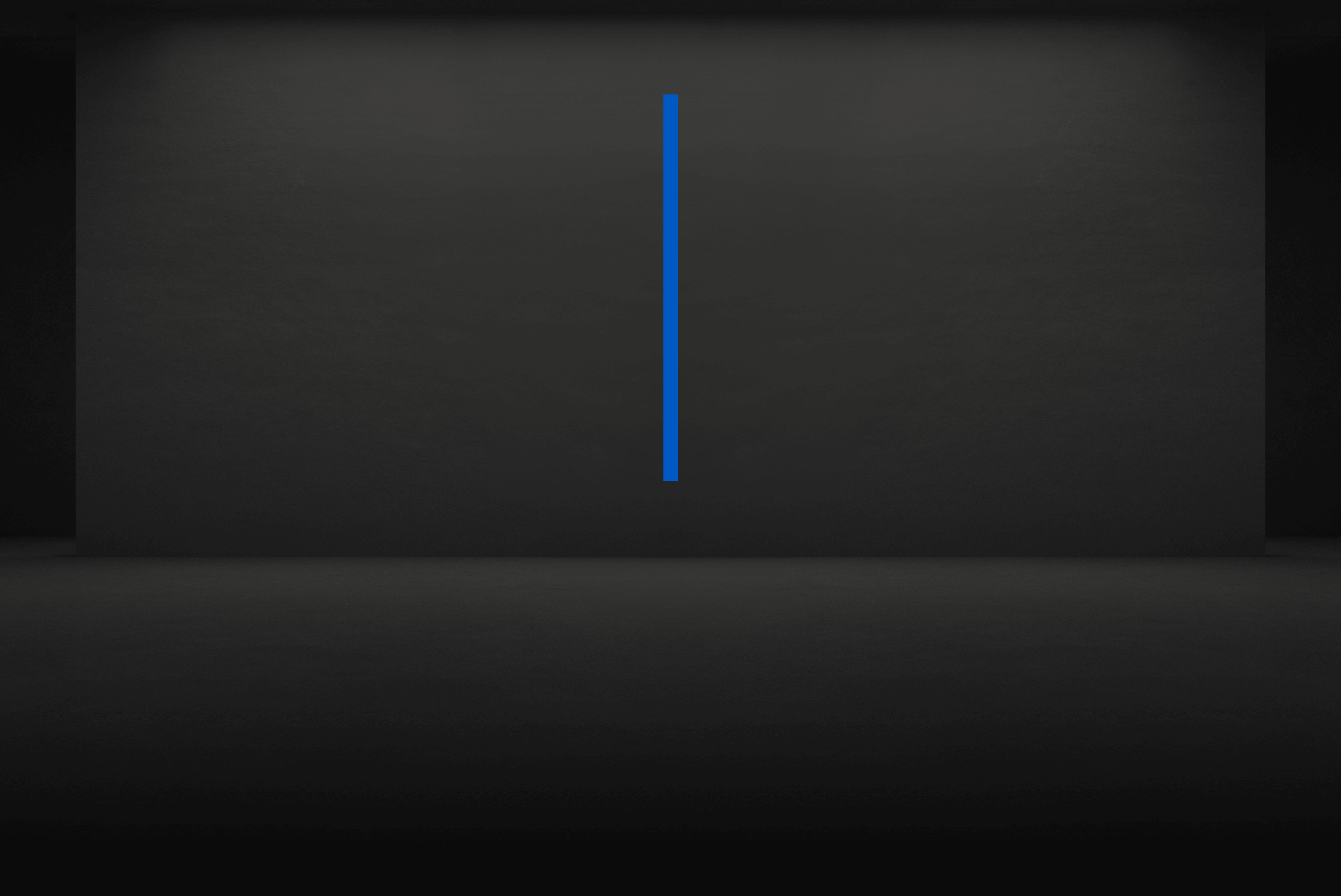Funnel Creek
Narrative
Behind the scenes
Prints
Funnel Creek
Katmai, National Park, Alaska - 2016

My firm contention is that the key to taking transcendent photographs in the field is access to great content, and this comes from research, perseverance, occasional bouts of bravery, and, most of all, logistical excellence. These variables collectively morph into one goal: precision. Without an obsession with precision, the game is down to luck. Alaska is the perfect example of this dynamic. To go on a photographic assignment is much more a test of map work, spontaneity, people skills, and quick thinking than it is of photographic prowess.
I had one picture in mind: a wide- angle remote-control shot of a big bear on a river’s edge, something immersive and very close. There is no mileage photographing a bear with a long lens; it has been done many times before. What I wanted was a bear three feet from my ground-up camera, which was not easy. Why should a bear walk toward a camera, never mind look at it?
The location, Funnel Creek, was even better than I dared hope. In six hours,
I saw at least 15 bears. These bears are not necessarily dangerous, unless you do something really stupid or are incredibly unlucky in your positioning between sow and cubs. They are far too busy fishing to worry about a human, let alone maul one.
My chance came halfway through the day, and I waited more than an hour with the camera just 20 feet from the bear. I have made my reputation partly through the use of remotes, and I know what I am doing here—largely from hard lessons learned in the past. By getting it wrong, I now know how to get it right. It all happened in five seconds. I thought I had missed him to the right, but everything was OK.



“Without an obsession with precision, the game is down to luck.
David Yarrow


Print sizes
Standard
37" x 43" Unframed
52" x 58" Framed
Edition of 12
Large
56" x 64" Unframed
71" x 79" Framed
Edition of 12















